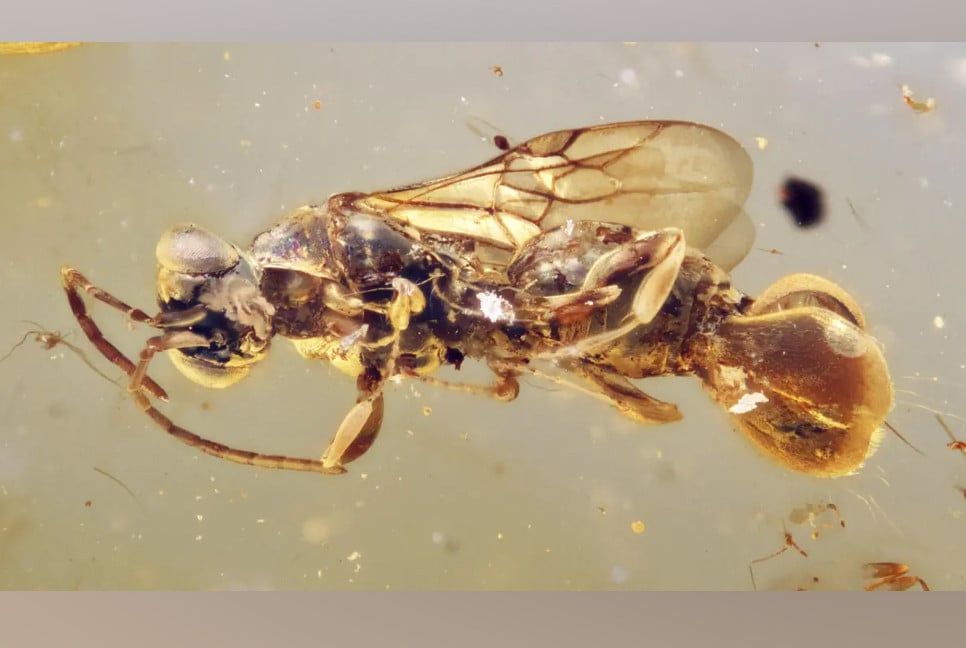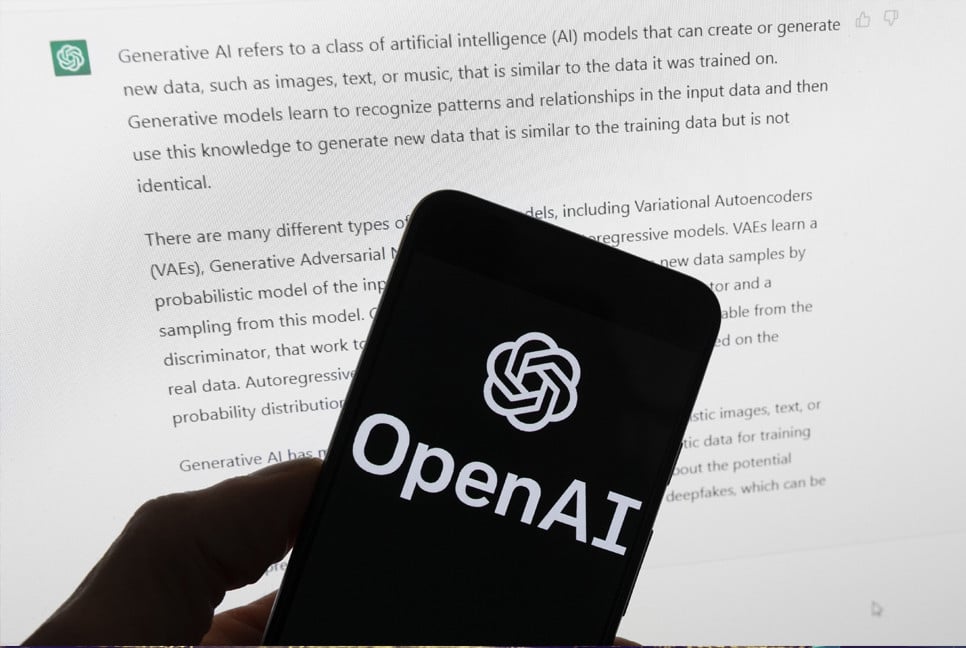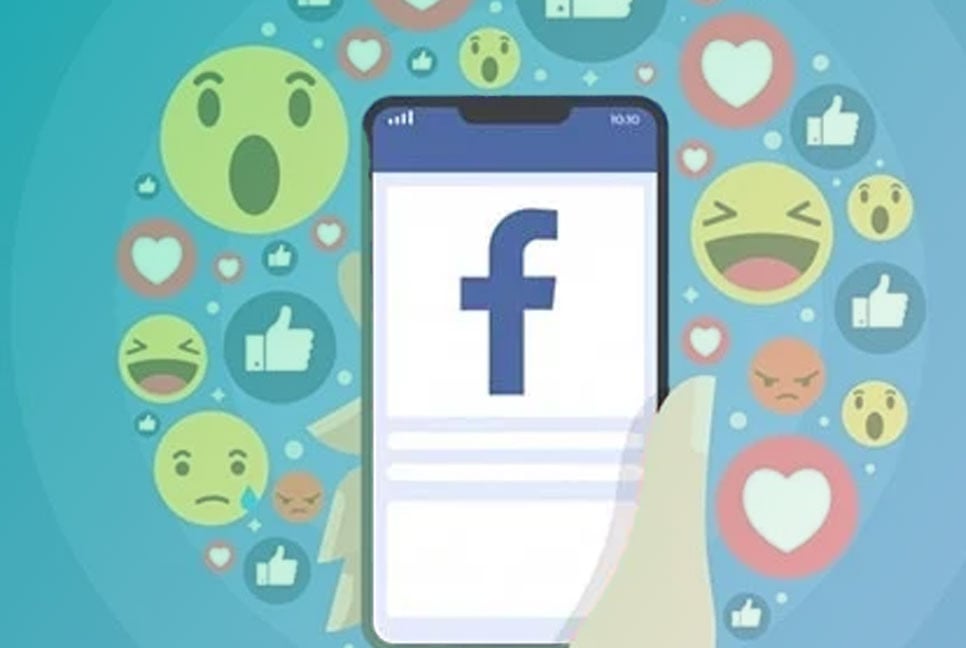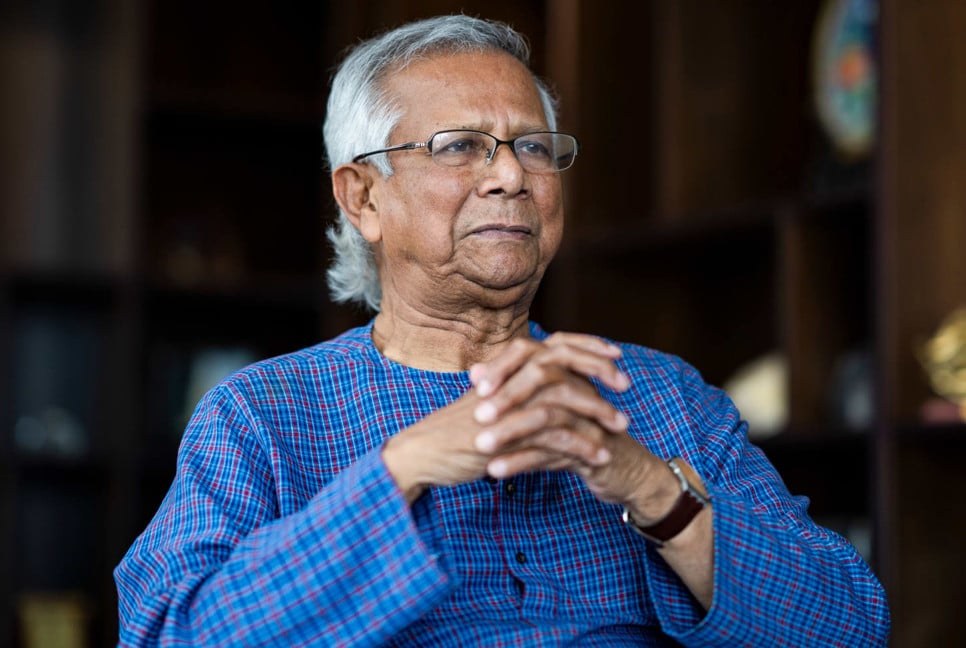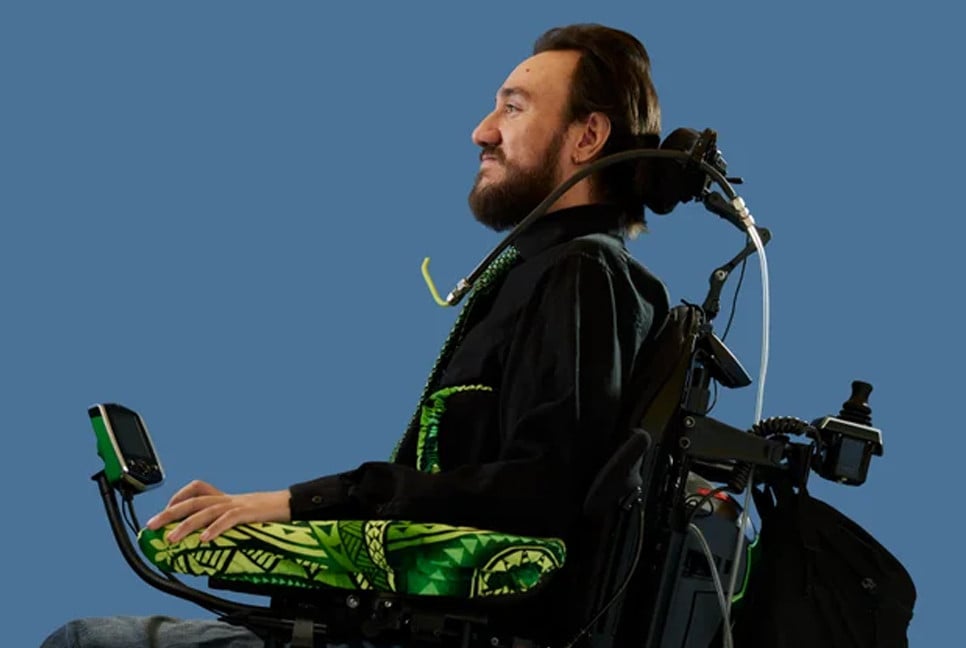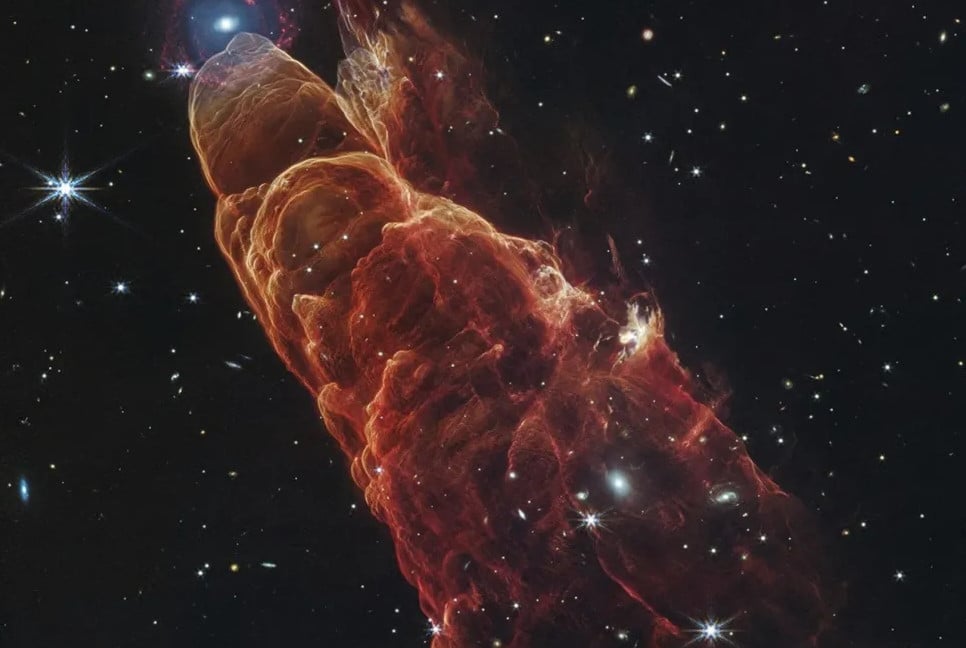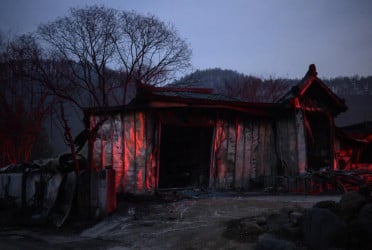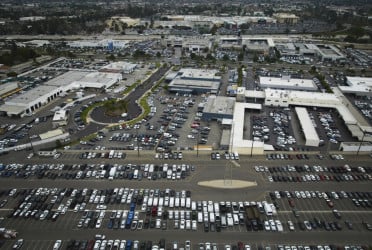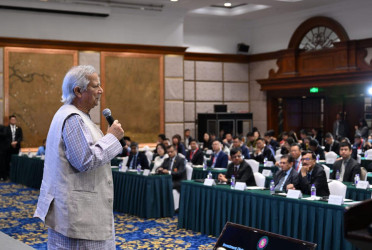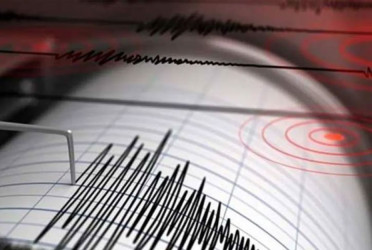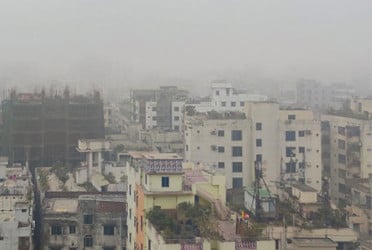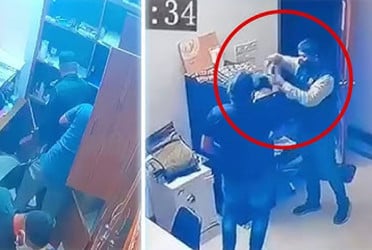Deepfakes, the hyper-realistic reproductions that artificial intelligence has taken to unprecedented limits of accessibility and dissemination are everywhere, as evidenced by the case of the AI-generated nude photos of teenagers circulating in the Badajoz province of Spain this week.
“We can all be victims. The internet is a jungle. There is no control and it is not a game: it is a crime,” says Maribel Rengel, the president of the Extremadura federation of parents of students, Freapa, reports elpais.
The most cited report on the phenomenon, published by Deeptrace in 2019, traced up to half a million fake files on the internet, with a growth rate in the number of deepfake videos online of almost 100% since the company previously released data. But this is only the work of one entity, and the real volume is unclear. What is known is that 96% of deepfake videos are related to pornography and that these creations have now leapt from image to voice, text, documents, and facial recognition, or a combination of all of these, to become one of the most worrying emerging vectors of fraud in an as-yet unregulated technology.
The European Telecommunications Standards Institute (ETSI) warns in one of the most comprehensive and up-to-date reports of the dangers of the “increasingly easy” use of artificial intelligence in the creation of fake files. “Due to significant progress in applying AI to the problem of generating or modifying data represented in different media formats (in particular, audio, video and text), new threats have emerged that can lead to substantial risks in various settings ranging from personal defamation and opening bank accounts using false identities (by attacks on biometric authentication procedures) to campaigns for influencing public opinion,” the report states. These are the main targets of deepfake technology:
Danielle Citron, a law professor at Boston University and author of the book Hate Crimes in Cyberspace, says: “Deepfake technology is being used as a weapon against women by inserting their faces into pornography. It is frightening, shaming, degrading, and silencing. Deepfake sex videos tell people that their bodies are not their own and can make it difficult for them to have online relationships, get or keep a job, or feel safe.”
Rengel shares this view in the wake of the case in Badajoz, which affected several high schools in her community. “The feeling is one of vulnerability and it is very difficult to control. The damage is irreparable. They can ruin a girl’s life,” she says. Rengel has urged the Spanish authorities to move to regulate the use of this technology.
Deepfake attacks consist of the spreading of fake videos, images, audio, or text on social networks with the aim of ruining the reputation of the victim or humiliating them. The Deeptrace report estimated the number of video views of deepfake material across the top four dedicated websites at over 134 million. Celebrities are often the victims of these practices. Spanish Singer Rosalía is a recent example in a lengthy international list headed by actors Emma Watson and Natalie Portman.
However, as Rengel warns, “no one is safe” from deepfake technology. At the click of a button, on open platforms or encrypted messaging systems, you can find applications and pages that offer to “undress anyone” in seconds. These sites carry age warnings for minors and state that users cannot use photos of a person without their consent, although there is no moderation and responsibility is placed on the user. These sites also claim that their objective is “entertainment.”
The U.S. Federal Bureau of Investigation (FBI) has warned of an increase in cybercriminals using images and videos from social networks to create deepfakes to harass and extort victims.
Bd-pratidin English/Lutful Hoque






